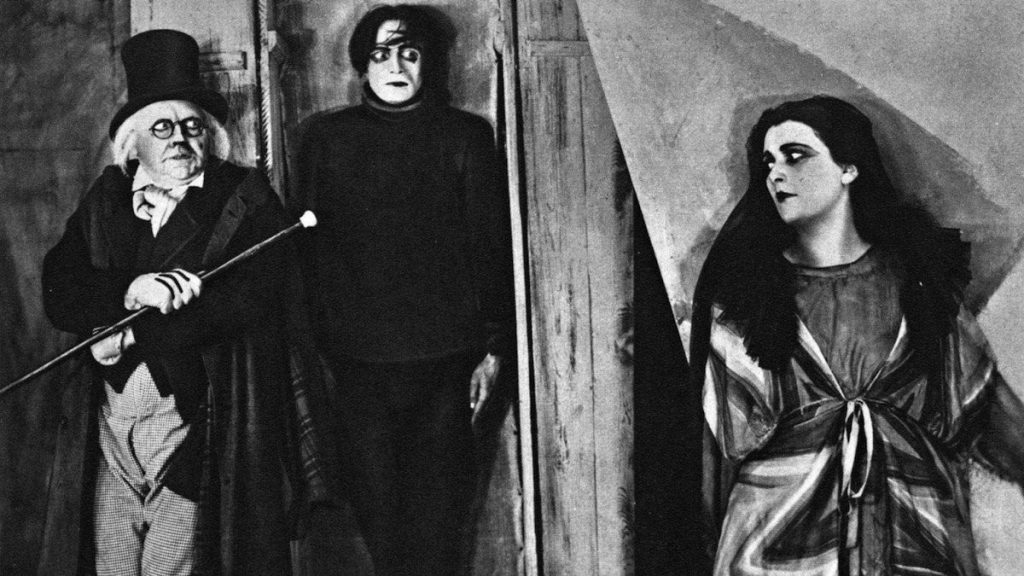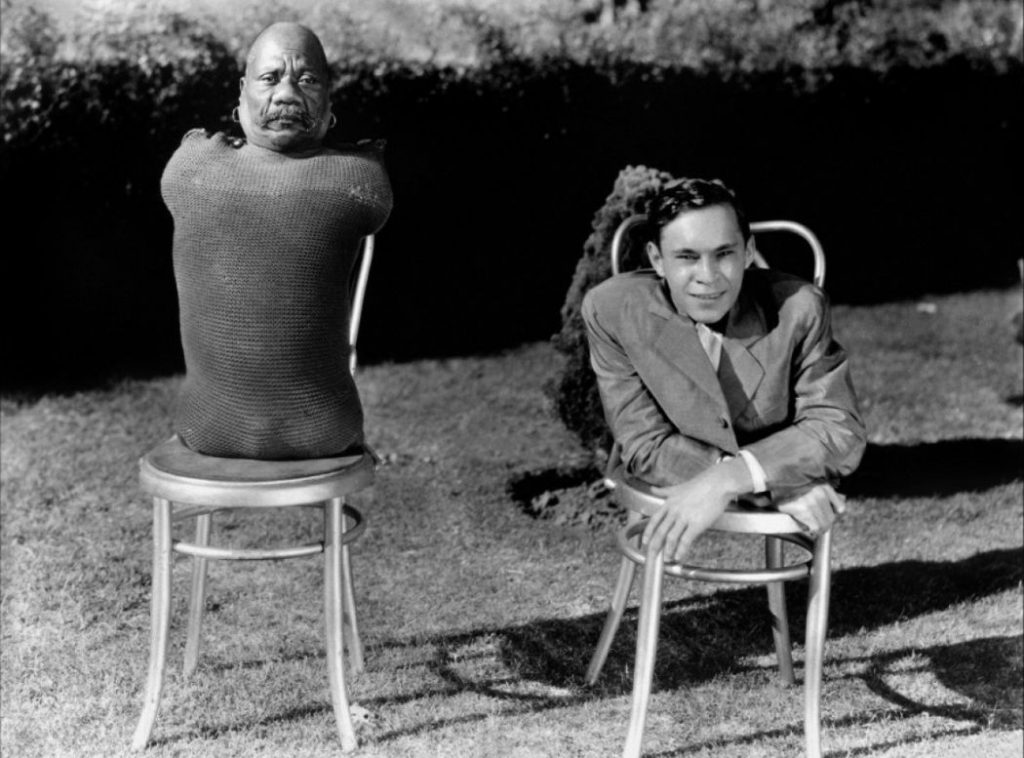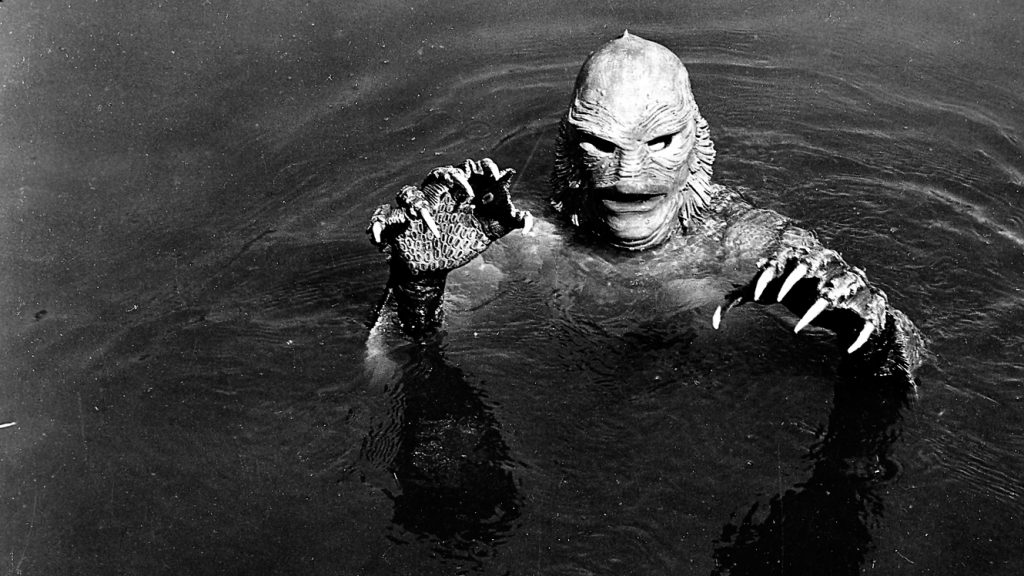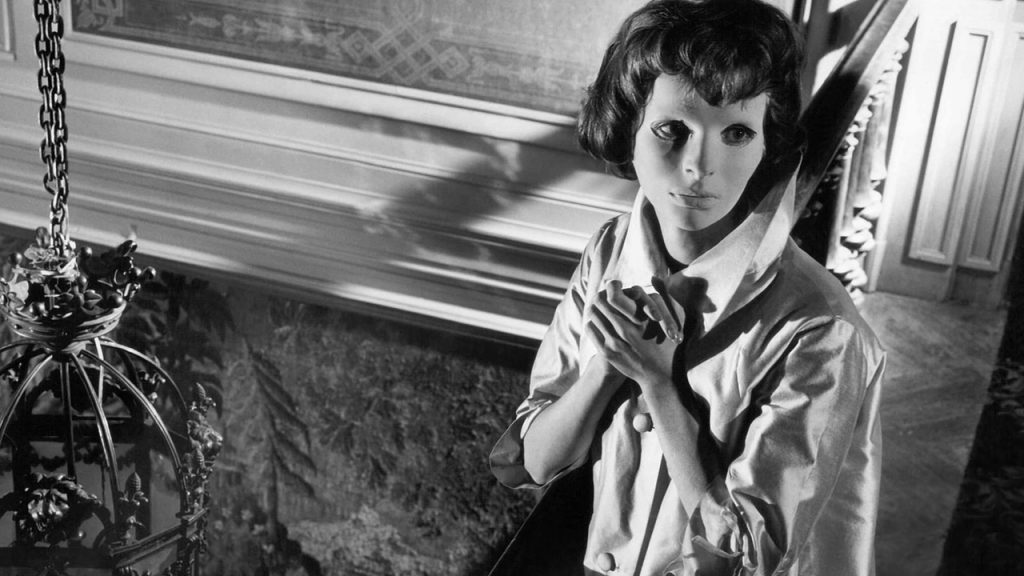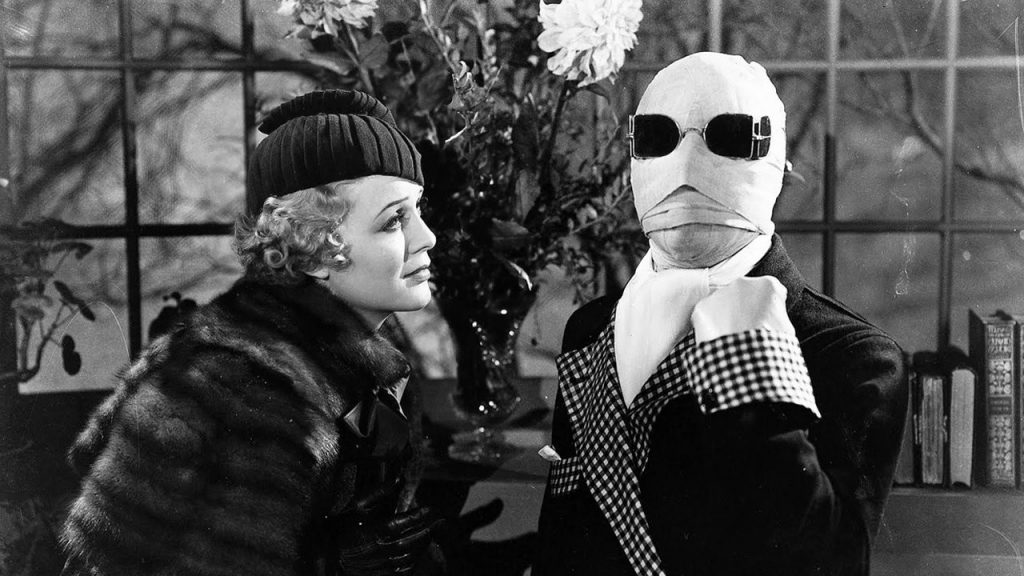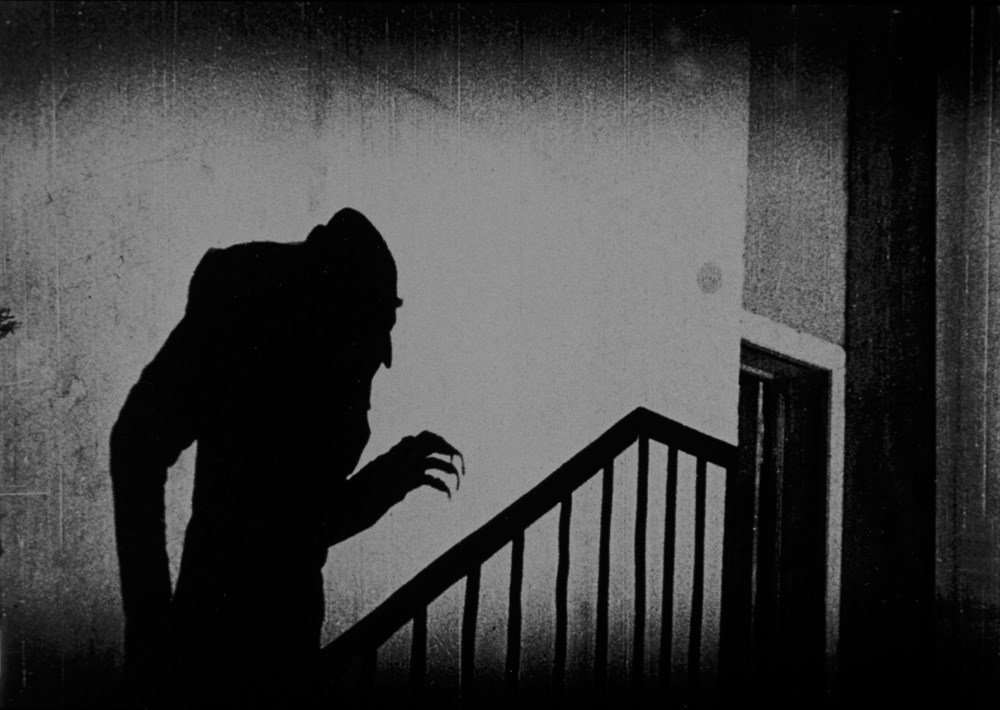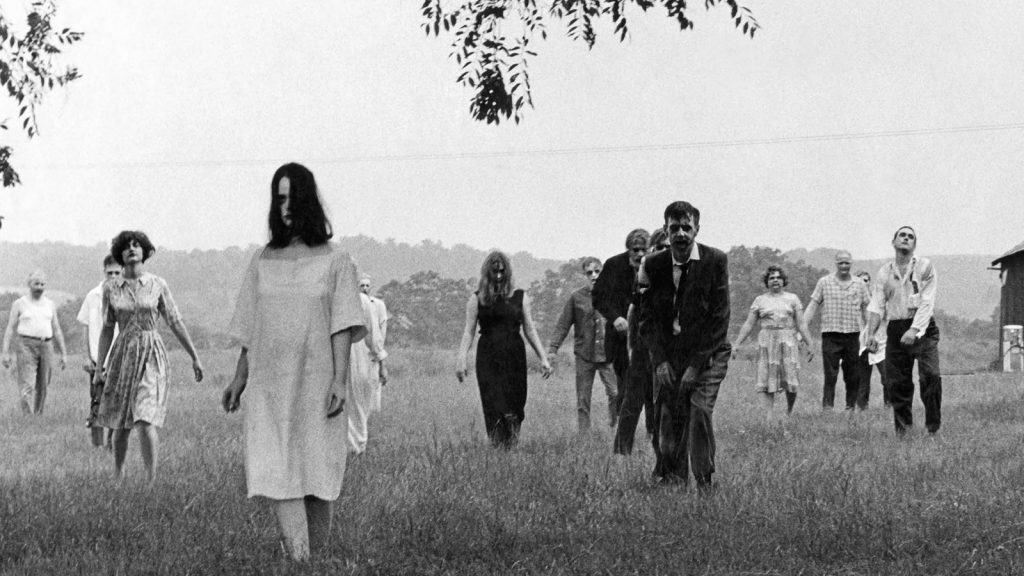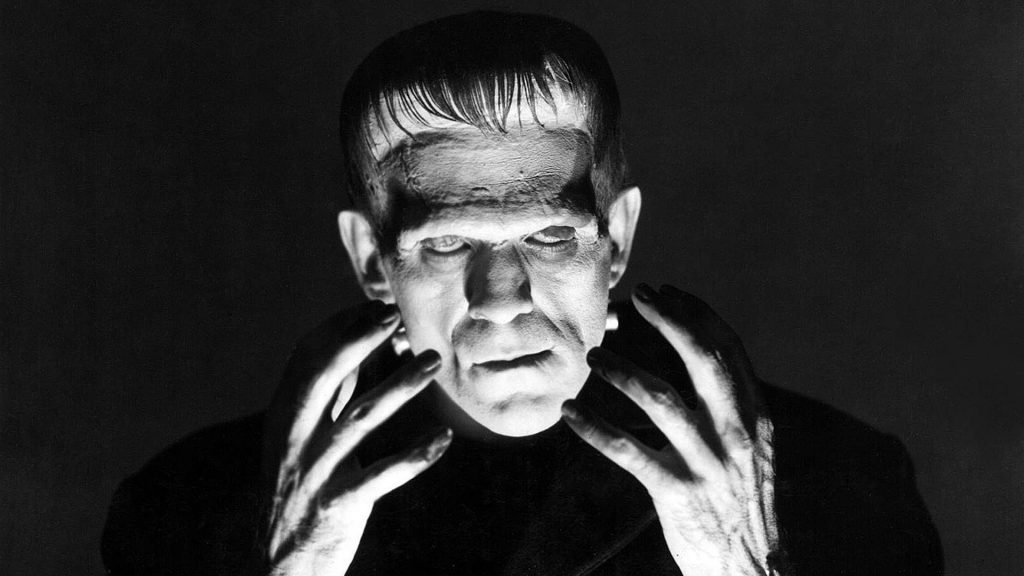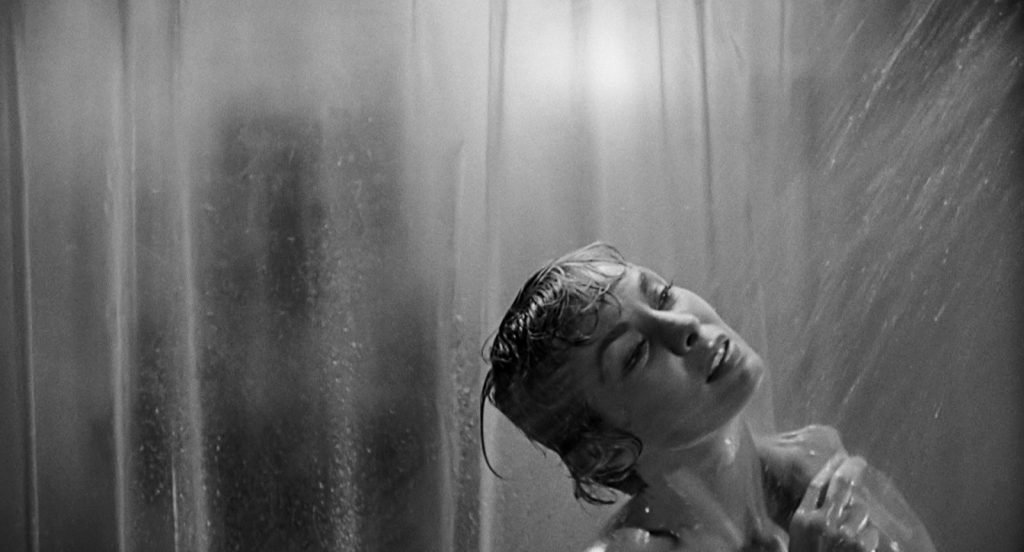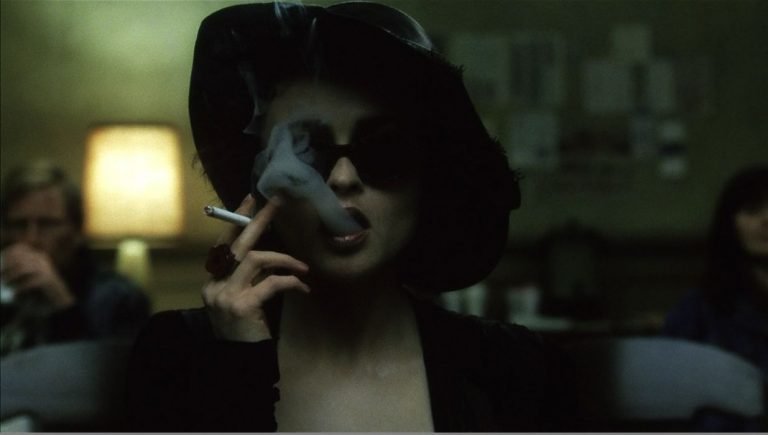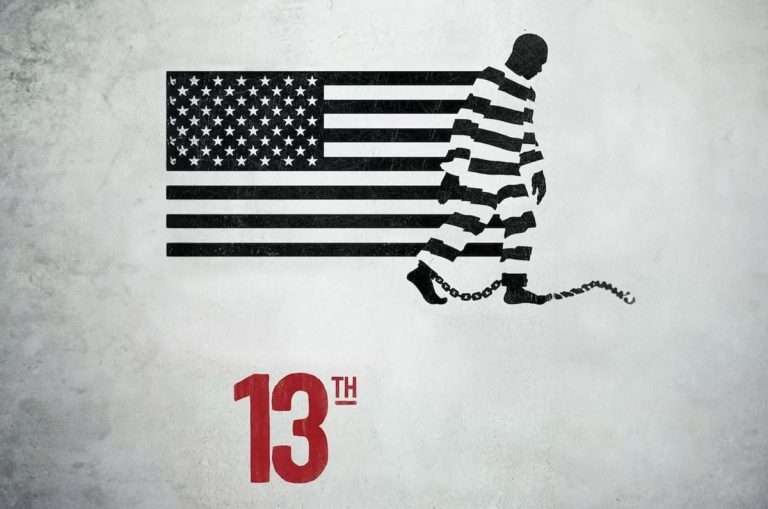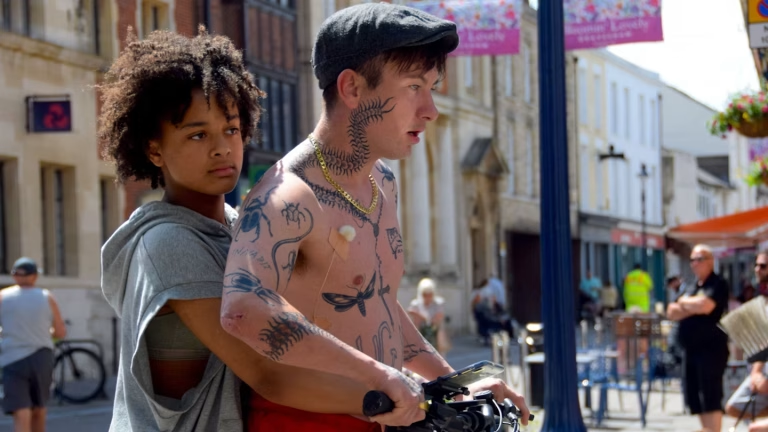Horror cinema has been through a lot of ups and downs over the past century, but one thing has always remained the same: you can’t beat the classics. It’s an age-old saying, but one that certainly has its merits. Though the genre is ever-evolving and the case can be made for better eras in horror, black-and-white classics are the roots that would sprout something everlasting – paving the way for the films of today. From the golden age of Universal’s monster movies of the ‘30s to the transformative period of slashers and zombie pictures in the ‘60s, scary movies were born in black-and-white, and many of these films continue to entertain and influence, to this day.
Through early monster makeup, fake blood and, let’s face it, oftentimes charmingly cheesy dialogue, filmmakers like James Whale, Alfred Hitchcock, and George A. Romero helped to shape a genre that is increasingly thriving. Many early horror films have been left in the past, simply forgotten with age. These are the ones that have endured the dreaded test of time, and continue to shine.
10. The Cabinet of Dr. Caligari (1920)
Typically hailed as the quintessential film of the German expressionist movement, “The Cabinet of Dr. Caligari” is a silent excursion into post-WWI horror filmmaking. One of the first true horror movies to ever grace the screen, the story centers around a lunatic hypnotist and his somnambulant servant, whom he uses to murder innocents around town. The performances are excellent from start to finish, conveying so much without the use of sound, with dramatic movements and exaggerated emotion. Cesare, the somnambulist is particularly well portrayed by Conrad Veidt (“The Man Who Laughs”), in a demanding role that required terrifyingly delicate motions, and it makes for a genuinely chilling villain.
Related to Black and White Horror Films: 10 Great Horror Films of the 1980s
The way the story unfolds is beyond impressive, and even claims one of the very first twist endings ever executed in the film. It’s hard to imagine what audiences must have been thinking a full century ago, witnessing such a bizarre picture; but it doesn’t stop at the surreal story. Embracing expressionism to the fullest degree, the set design is extraordinary. Skewed shapes and obscure lighting lead to unforgettably awe-inspiring visuals, and make for an uneasy comprehension of the film’s events, in the best way. An obscure, bold feast for the eyes, this is required early horror viewing for any fan of the genre, and one of the few films that can sincerely declare over one hundred years of terror.
9. Freaks (1932)
Riding high, following the success of his hit film “Dracula”, Tod Browning would go on to direct his peculiar passion project a year later, with this highly controversial pre-code feature about a group of traveling circus sideshow performers. Casting real performers in the film, Browning tells a love story, as well as a cautionary revenge tale, all through the lens of a compassionate melodrama. Every part is terrifically acted, with an enthralling ensemble of loveable oddballs that sadly can’t be accepted by the people around them. It’s a brilliant look into the world of an outsider, and Browning portrays this by never showing the characters in action at the circus – stripping away the identity of side-show attractions, and focusing on their humanity.
Juggling several plot lines and themes at once, “Freaks” somehow never feels bloated; rather it remains completely magnetic the entire way through, with a somber tone contrasting the brief spurts of glee that will stick with you long after the initial watch. Banned in some areas and largely criticized for being grotesque exploitation of the people it’s actually empowering, the film would effectively derail Tod Browning’s career; which is quite tragic considering how pure his intentions were. The horror was never an external exploit of the unconventional protagonists, it was the horror of their everyday lives, and the privileged ordinary not being accepting of their differences. Regardless of past reactions, the film has since been deemed a classic of the genre, and for good reason.
8. House on Haunted Hill (1959)
Five strangers are invited to an eccentric millionaire’s party in a supposedly haunted house for a cash prize, in this beloved Vincent Price vehicle of the ‘50s. Embracing all of the cheesy, spooky fun that horror has to offer, this gimmicky love letter to all things macabre is an all-around great time, in spite of its predictable camp. A twisty murder-mystery of lies and deception, William Castle is clearly having a blast with his direction of such an infectious plot. From walking skeletons to floating corpses, and vats of acid, all of the stops are pulled out to make this an exciting film for all ages; playing more like a Halloween-themed board game than a serious horror movie.
Related to Black and White Horror Films: Symbolism in Horror: More than Blood and Gut
The entire cast is chewing the scenery, with hammed-up theatrics that highlight the diversity of each character, making them pop on screen. Vincent Price is as charmingly wicked and warped as ever, in a gothic setting that compliments the horror icon’s unique delivery. A relentlessly eerie atmosphere makes up for any lulls in the story, and once the mystery and cheap scares start to get rolling they’re just as exciting as they are captivating. It’s not a film built to frighten modern audiences, but it was never meant to be. “House on Haunted Hill” is horror stripped back to its basics in the most endearing ways, and an absolute classic of the haunted house sub-genre.
7. Creature from the Black Lagoon (1954)
A staple of Universal monster films and aquatic horror alike, this ‘50s creature feature only gets more relevant with time. Posing the moral question of science versus nature, the film follows a group of scientists on a voyage into the Amazon, only to discover a monstrous missing link defending its home – evoking the dangers of environmental harm in the name of scientific discovery. It’s a thought-provoking blend between a popcorn horror movie and social-commentary, that lends some depth to the atomic-aged story, as well as a grave sympathy towards the titular monster. The creature itself is played perfectly by Ben Chapman and Ricou Browning, on land and in water, respectively, in a dual role that would immortalize Universal’s treasured Gill-Man, with help from an unforgettable makeup design.
Location is just as important to the film, as the swampy setting regulates an isolated habitat for the amphibious beast to roam, with the prehistoric terror juxtaposing the peaceful beauty of the swamp. The cinematography is also extraordinary for a b-movie of this kind. Everything looks great, but the black-and-white underwater shots, in particular, remain phenomenal to this day. Any moment where the creature is swimming feels graceful and majestic, so much so that the scenes of it swimming with the lone female scientist have led audiences to believe that the film is secretly an unconventional love story between monster and woman. A fun drive-in horror movie on the surface, but really so much more, “Creature from the Black Lagoon” is one of a kind.
6. Eyes Without a Face (1960)
Startling horror meets poetic fairytale in this influential piece of French New Wave cinema. The film follows a guilt-ridden doctor whose daughter’s face has been severely deformed, following an accident caused by her egotistical father, due to his own poisonous ignorance. Driven by his relentless pain, the doctor searches for young women, to remove their faces, as unwilling donors to repair his daughter’s broken image. It’s a demented plot that plays well on its own as a transfixing surface-level shocker, and works even better as a bold statement on the toxicity of beauty standards – an empowering proposal made way ahead of its time. The performances all across the board are incredibly genuine, breathing life into fleshed-out characters, with clear motivations and struggles.
Related to Black and White Horror Films: 10 Great Films on Crisis Ridden Facial Surgery
Art house sensibilities and fantastic stark black-and-white imagery add a tone of tranquility and poise to the otherwise vile tale, and the look of Christiane, the young female protagonist, bearing a white featureless mask to disguise her disfigurement, was so disturbing that it would inspire the look of fellow horror icon Michael Myers, in John Carpenter’s “Halloween”. The film is arguably most notable, however, for its unflinching depiction of a young woman undergoing the procedural removal of her face; a scene very graphic for its time, and an early innovator for ruthless gore in horror. Violence aside, “Eyes Without a Face” is a touching film about identity, freedom, vanity, and inner/outer beauty, all wrapped up in a timeless horror classic.
5. The Invisible Man (1933)
Released in between his two legendary “Frankenstein” films, James Whale delivered a lesser-stated gem, with this feature adaptation of H.G. Wells’ 1897 novel of the same name. After a risky science experiment goes wrong, Jack Griffin (Claude Rains) is rendered invisible and begins to wreak havoc around town with his newfound abilities, as he quickly begins to lose his sanity. Claude Rains is absolutely untouchable in the role of the Invisible Man, commanding every single scene, with a distinctly wicked presence that defines the tortured megalomaniac. He isn’t a mindless monster lurking around a gothic castle, he’s an unhinged genius reigning terror on a small town, and it leads to plenty of fun moments.
The special effects were brilliant for the time, and still hold up today, making for a splurge of fantastic practical gags and scares, utilizing the invisible shtick, and running with it. The atmospheric opening remains one of the greatest scenes in early horror cinema – a creepy beginning to a genre-bending film that is equal parts comedic and horrific. James Whale is simply in his element as a director, doing what he does best, with a concept that plays flawlessly into his signature blend of humor and the macabre. A rather unsung entry into Universal’s celebrated slew of classic monster movies, 1933’s “The Invisible Man” is still a magnetic blast all these decades later.
4. Nosferatu (1922)
The godfather of vampire movies is still arguably the greatest. An unauthorized adaptation of Bram Stoker’s “Dracula”, this silent German chiller has frightened audiences for nearly a century and will continue to do so for many years to come. It’s a light plot that packs a big punch thanks to F.W. Murnau’s freakish atmosphere and Max Schreck’s unreal performance as Count Orlok. Schreck’s portrayal of the notorious bloodsucker was famously so convincing that many members of the crew were led to believe that the actor was, in fact, a real-life vampire.
Related to Black and White Horror Films: Nosferatu (1922): A Monumental and Influential Horror Classic
Complete with a grotesque makeup design that has curdled blood and made the skin crawl for ninety-nine glorious years, Count Orlok is monster movie royalty and a definitive staple of black-and-white horror. The lighting and camerawork conduct some of the most significant imagery the genre has to offer, capturing the vampire’s nightmarish poise and visual dramatics while crafting numerous striking shots that define silent horror. Also featuring the first depiction of a vampire dying by sunlight, which would obviously go on to inspire countless others, “Nosferatu” becomes more and more respected with time. It may not be the most original or ambitious, but few vampire films have ever lived up to the amount of pure fear and unease that Murnau instills with this dark and dreary masterpiece.
3. Night of the Living Dead (1968)
Generally cited as the earliest depiction of modern-day zombies, George A. Romero’s timeless classic gave birth to a seemingly endless sub-genre in horror that has flourished since 1968 and shows no signs of slowing down. Utilizing grainy cinematography that gives the film a raw, gritty tone, the originator of modern zombie movies is just as intense now, as it was over fifty years ago. Hordes of reanimated flesh-eating corpses, and a group of conflicted survivors shacking up to fend off the undead; that all began here. Enhanced by a pulsing score and authentic sound design, “Night of the Living Dead” remains riveting and engaging all these years later, for its sense of global dread, shown through the perspective of one hopeless batch of believable characters at odds with one another.
The film is not only notable for its contributions to the zombie genre, however. It also claims the first black lead in horror history (Duane Jones). While the decision to go with an African-American lead, according to Romero, was simply due to Jones’ stellar acting, the casting leads to some strong racially-charged undertones within the group, presenting an undeniable parallel to the heated racial divide of the ‘60s, intentional or not. Though the perceived social commentary could be a coincidence, it would go on to influence Jordan Peele’s “Get Out”: another landmark horror film that successfully deals with racial issues. Important to the genre on so many levels, both creatively and socially, Romero’s claim to fame will forever be one of the all-time greats.
2. Frankenstein (1931)
Following Tod Browning’s “Dracula” and effectively launching what would become Universal Studios’ golden-age of monster movies, James Whale’s eternal masterwork lives on, as a quintessential horror experience. Adapted from Mary Shelley’s perennial novel, the film translates the text incredibly, through electric performances and outstanding artistic direction. Telling a tale of a power-hungry scientist playing god and creating a man from scraps and dismembered body parts, “Frankenstein” is equal parts cautionary endeavor into the dangers of assuming too much power, as well as a tender look into societal rejection, with the kind-hearted monster being cast out, simply for being different.
Related to Black and White Horror Films: 20 Best Black and White Movies of the 21st Century
Colin Clive is terrific in the role of the mad Dr. Frankenstein, as an intellectually dominating presence that is believably just as brilliant as he is psychotic; though the main star will always be Boris Karloff as Frankenstein’s monster. With heavy makeup application and extremely limited dialogue, Karloff pulls off one of the best performances in horror history and delivers an immortal figure of classic cinema. From the everlasting look to the articulate movements and imposing size, Universal’s most beloved creature would set a high mark for all movie monsters to follow, and it started here. James Whale’s influence on the film is also deeply felt, with a gorgeous gothic aesthetic that boldly sets the tone for the absurd beauty that lies ahead. Top-notch direction, spirited acting, comedic relief, and fascinating macabre visuals, with a heartfelt message in the center, old-fashioned horror doesn’t get much better than this.
1. Psycho (1960)
Few films are as synonymous with the horror genre as Alfred Hitchcock’s “Psycho”. The black-and-white thriller would eventually serve as the initial entry into a franchise of decent sequels, but long before there was any thought of a series, Hitchcock gave us this: a masterpiece in effective suspense, and an absolute game-changer in horror. Shattering the picturesque idea of ‘50s-60s lifestyle, with a simplistic story about a woman on the run, taking refuge in a remote hotel, only to encounter a deranged murderer in the residence, layers are peeled back as not just one, but TWO of the most shocking twists in cinematic history are revealed – further molding the future of horror – and adding a welcome element of mystery to the thickening plot.
Anthony Perkins’ immortal turn as the off-kilter Norman Bates, pitted against Janet Leigh’s idyllic ‘60s leading-lady makes for one of the all-time greatest on-screen clashes, but it is undoubtedly the legendary auteur behind the camera, pulling the strings, that gives the film its sense of elite refinement and delicate tone. The direction is invasive, but rarely in your face. Even in scenes devoid of outright violence, there is a suffocating tension in the air, and that all stems from Hitchcock’s innate sensibility for gripping suspense. Possessing an iconic score, flowing dialogue, memorable imagery, and unknowingly spawning the template for what would become slasher films, this definitive horror classic prevails, as a seamless exploit of barebones terror.


